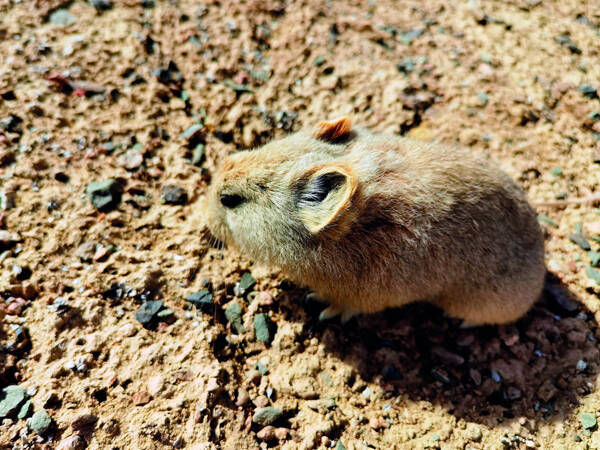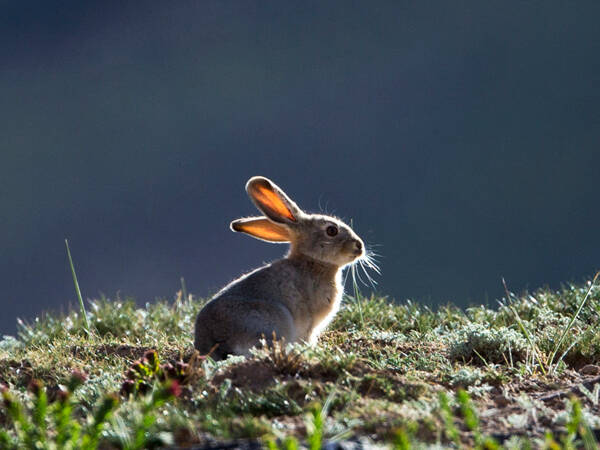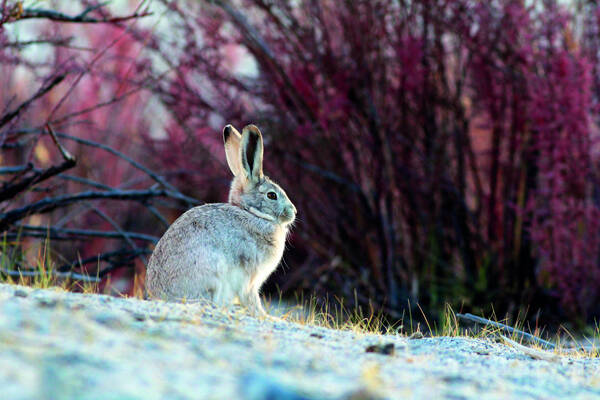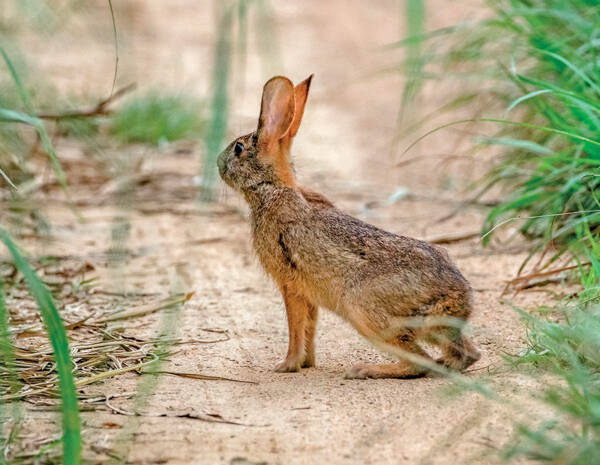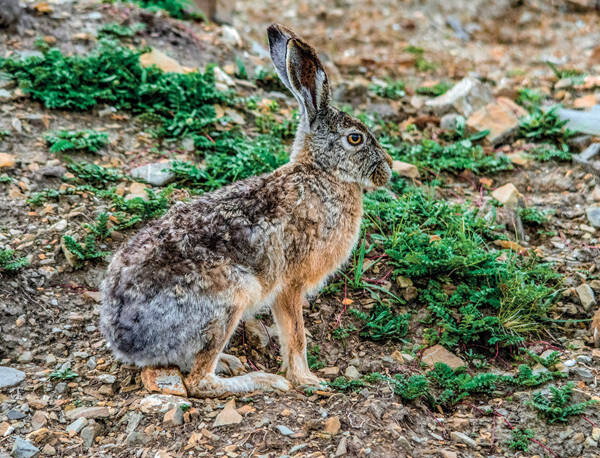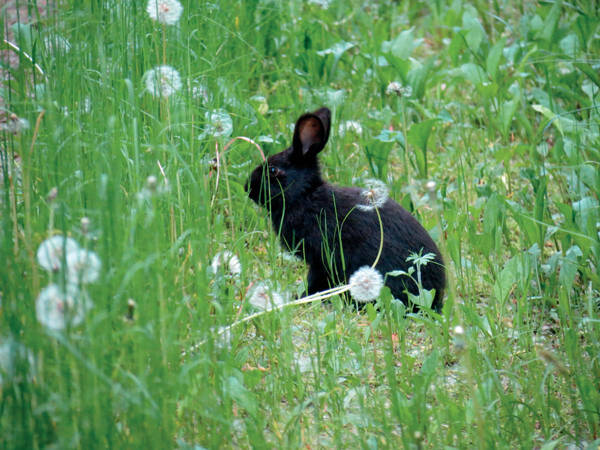Caprolagus hispidus
IUCN
LCBasic Information
Scientific classification
- name:Caprolagus hispidus
- Scientific Name:Rough-haired rabbit, Wire-haired rabbit, Assami rabbit
- Outline:Lagoiformes
- Family:Lagomorpha Leporidae Caprolagus
Vital signs
- length:42-47cm
- Weight:1.8-3.2kg
- lifetime:10-15year
Feature
One of the rarest mammals in the world
Distribution and Habitat
In China, it is distributed at the foot of the southern foothills of the Himalayas in southern Tibet. Abroad, it is scattered in India, Nepal, Bhutan and Bangladesh.
It usually lives in high-altitude grasslands, is most active at dawn and dusk, and is herbivorous. It was once widely distributed, but has lost its habitat due to deforestation, agriculture and human development. It is an endangered species on the IUCN Red List of Threatened Species and the China Red List of Biodiversity.
Appearance
The eyes of the shag rabbit are small. The ears are short and wide. The coat is two layers: the outer layer is rough and bristle, and the lower layer is fine and short hair. The outer layer is brown, and the lower layer is brown and white. The tail is also covered with rough and bristle and fine and short hair. The rough bristle is brown, and the lower layer is light in color. The hind legs are shorter and stronger than the front legs, and the claws are strong and large.
Details
Compared with other rabbits, the shag rabbit has shorter ears and brown-black fur. It usually lives in high-altitude grasslands and swamps, and is most active at dawn and dusk. It is a herbivorous rabbit native to the foothills of the Himalayas.
They were once common, but have lost their habitat due to deforestation, agriculture and human development. It is one of the rarest mammals in the world.
The shag rabbit prefers to live in flat, well-drained areas in tall grass prairie areas. When the rainy season comes, the hair on the shag rabbit's head will decrease, so it will move to the nearby hilly forests.

There are few records of the activities of the shag rabbit, and locals have observed that it moves slowly. The shag rabbit is usually solitary and nocturnal. It has not been found to live in burrows or build nests. The occupied territory is indicated by the thatch, rock debris and feces deposits. The shag rabbit is a herbivorous animal, mainly feeding on leaves, roots, tubers, bark and wood of plants.
The limited reproduction information of the shag rabbit shows that their average litter size is small. Because of the loss of habitat caused by human expansion, the number of shag rabbits has dropped sharply, and it is one of the rarest mammals in the world. It is also impossible to artificially breed shag rabbits. There are records of shag rabbits committing suicide to prevent humans from raising them.

